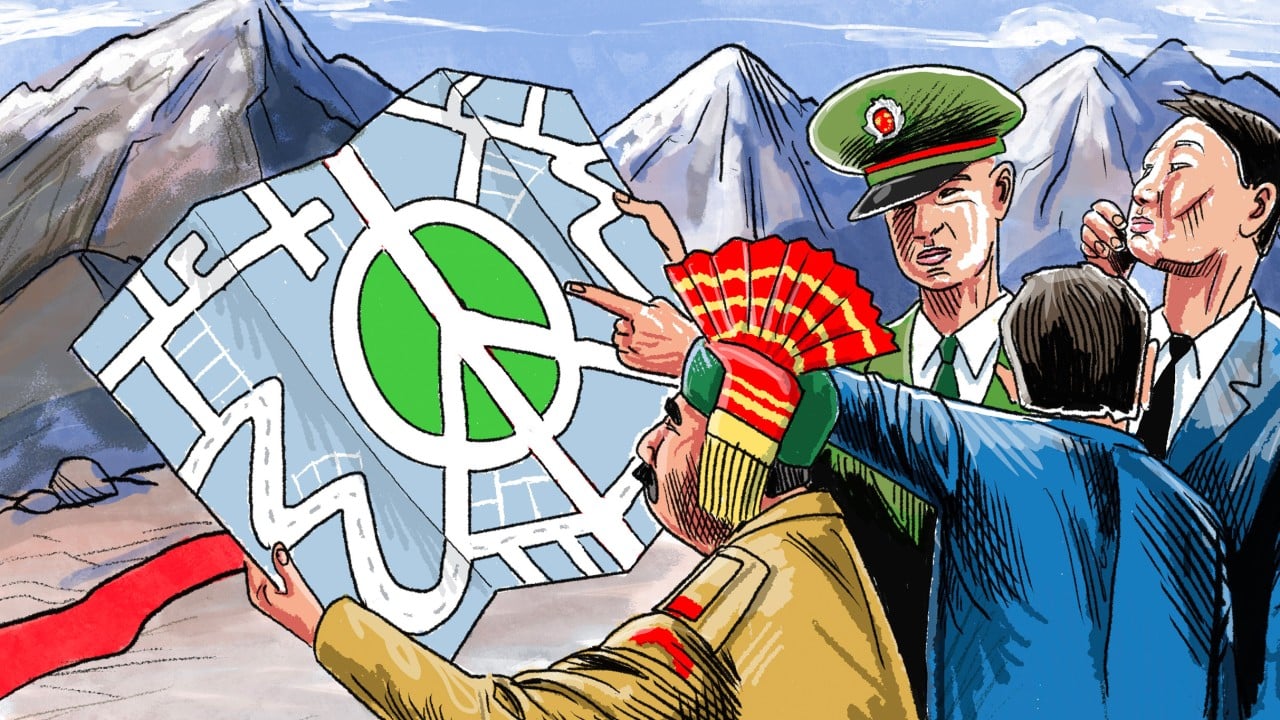On the eve of the 16th Brics summit, China and India announced an agreement on border patrol arrangements, allowing both sides to disengage after a high-profile 2020 skirmish between troops from India-controlled eastern Ladakh and China-controlled Aksai Chin.
Advertisement
This was an important step towards bringing China-India relations back on the track of stable development, and an important contribution to peace in an increasingly multipolar world.
In June 2020, border troops clashed violently in the Galwan Valley, quickly escalating into the worst Sino-India conflict in 45 years. The eruption did not just reflect old issues and new disagreements between the two countries, but was also closely related to profound changes in the region and on the international scene. It complicated the already complex border situation and seriously hurt the trust between China and India, as well as the media’s perception and the public’s opinion of both countries.
Since then, officials from China and India, including their militaries, have held dozens of rounds of consultations to narrow differences and expand consensus, consolidating the negotiation results step by step. Clearly, both China and India want to stabilise and develop ties, and it shows through their determination to handle their differences peacefully.
Against a backdrop of international turmoil and turbulence, the efforts by China and India to de-escalate border tensions show that the two Asian powers are capable of rationality, restraint and patience in the face of serious and deep-rooted territorial disputes. The border patrol deal not only breaks a deadlock that has stymied bilateral ties for years, but also lays the foundation for relations in various fields to get back on track.
It is a fitting answer to ardent hopes in the international community that China-India relations can achieve steady development.

